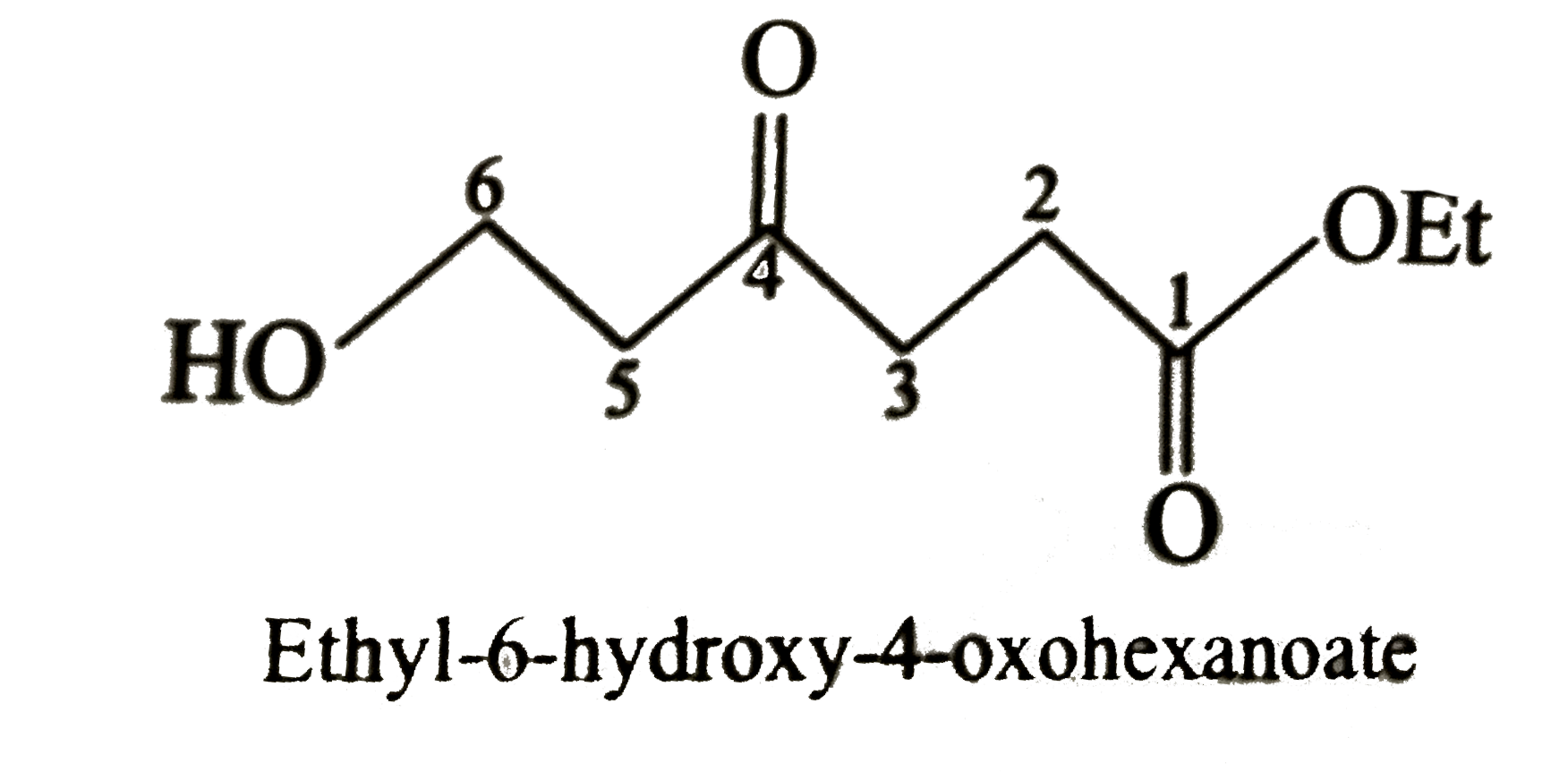In the following sequence of reactions, the products (A) to (G) are formed:
i. 2CH4(g)Δ−−−→1773K(A)(g)+B(g)
ii. 4molof(A)Δ−−−−−−−−−−→Ni(CN)4+THF(C)O3/oxid.−−−−−→(D)only
iii. (A)(1)1molofNaNH2−−−−−−−−−−−→(2)C2H5I(E)3molofE−−−−−−→RedhottubeF⏐↓O3/Red.(G)only
Compounds (A) and (B), respectively, are:
Ethane and O2
Ethene and H2
Ethyne and O2
Ethyne and H2
The correct Answer is:D
Step by step video, text & image solution for In the following sequence of reactions, the products (A) to (G) are formed: i. 2CH_4(g)overset(Delta)underset(1773K)rarr(A)(g)+B(g) ii. 4 mol of (A) overset(Delta)underset(Ni(CN)_4+THF)rarr(C)overset(O_3//o x id.)rarr(D) only iii. (A)overset((1) 1 mol of NaNH_2)underset((2) C_2H_5I)rarr(E)underset(Red hot tube)overset(3 mol of E)rarrunderset((G) only)underset(darr O_3//Red.)F Compounds (A) and (B), respectively, are: by Chemistry experts to help you in doubts & scoring excellent marks in Class 11 exams.
Updated on:21/07/2023Similar Questions
Identify (A),(B),(C ) and (D) in the following reactions :
 MeMgBr−−−−−−−→(1 mol)(A)MeMgBr−−−−−−−→(1 mol)(A)MeMgBr−−−−−−−→(2 mol)(C)H+,H2O−−−−−→(D)
MeMgBr−−−−−−−→(1 mol)(A)MeMgBr−−−−−−−→(1 mol)(A)MeMgBr−−−−−−−→(2 mol)(C)H+,H2O−−−−−→(D)
View Solutionunderset(Zn)overset(O_(3)(1"mole"))(rarr) "(A)" overset(Conc.KOH)(rarr) (B) underset(Delta)overset(H^(+))(rarr) (C ), Product (C ) is
View Solutionप्रारम्भ में, NaCl से NaOH तथा CI2 का निर्माण निम्न पदों के द्वारा किया जाता था
NaCl+H2SO4Δ−−→A+Bसान्द्र
BMnO2−−−→Cगैस
A+NaClΔ−−→D+B गैस
D+C+CaCO3→E+F
CaCO3ΔG+Hगैस
G+H2O→I
I+E→NaOH+CaCO3
इस प्रक्रम में गैसें B,C तथा H हैं क्रमशः
View SolutionIn the following sequence of reactions, the products (A) to (G) are formed:
i. 2CH4(g)Δ−−−→1773K(A)(g)+B(g)
ii. 4molof(A)Δ−−−−−−−−−−→Ni(CN)4+THF(C)O3/oxid.−−−−−→(D)only
iii. (A)(1)1molofNaNH2−−−−−−−−−−−→(2)C2H5I(E)3molofE−−−−−−→RedhottubeF⏐↓O3/Red.(G)only
Compounds (A) and (B), respectively, are:
View SolutionIn the following sequence of reactions, the products (A) to (G) are formed: i. 2CH_4(g)overset(Delta)underset(1773K)rarr(A)(g)+B(g) ii. 4 mol of (A) overset(Delta)underset(Ni(CN)_4+THF)rarr(C)overset(O_3//o x id.)rarr(D) only iii. (A)overset((1) 1 mol of NaNH_2)underset((2) C_2H_5I)rarr(E)underset(Red hot tube)overset(3 mol of E)rarrunderset((G) only)underset(darr O_3//Red.)F Compound D is:
View SolutionIn the following sequence of reactions, the products (A) to (G) are formed:
i. 2CH4(g)Δ−−−→1773K(A)(g)+B(g)
ii. 4molof(A)Δ−−−−−−−−−−→Ni(CN)4+THF(C)O3/oxid.−−−−−→(D)only
iii. (A)(1)1molofNaNH2−−−−−−−−−−−→(2)C2H5I(E)3molofE−−−−−−→RedhottubeF⏐↓O3/Red.(G)only
Compound (E) is
View SolutionIn the following sequence of reactions, the products (A) to (G) are formed:
i. 2CH4(g)Δ−−−→1773K(A)(g)+B(g)
ii. 4molof(A)Δ−−−−−−−−−−→Ni(CN)4+THF(C)O3/oxid.−−−−−→(D)only
iii. (A)(1)1molofNaNH2−−−−−−−−−−−→(2)C2H5I(E)3molofE−−−−−−→RedhottubeF⏐↓O3/Red.(G)only
Compound F is
View SolutionIn the following sequence of reactions, the products (A) to (G) are formed:
i. 2CH4(g)Δ−−−→1773K(A)(g)+B(g)
ii. 4molof(A)Δ−−−−−−−−−−→Ni(CN)4+THF(C)O3/oxid.−−−−−→(D)only
iii. (A)(1)1molofNaNH2−−−−−−−−−−−→(2)C2H5I(E)3molofE−−−−−−→RedhottubeF⏐↓O3/Red.(G)only
Compounds G is
View Solution
